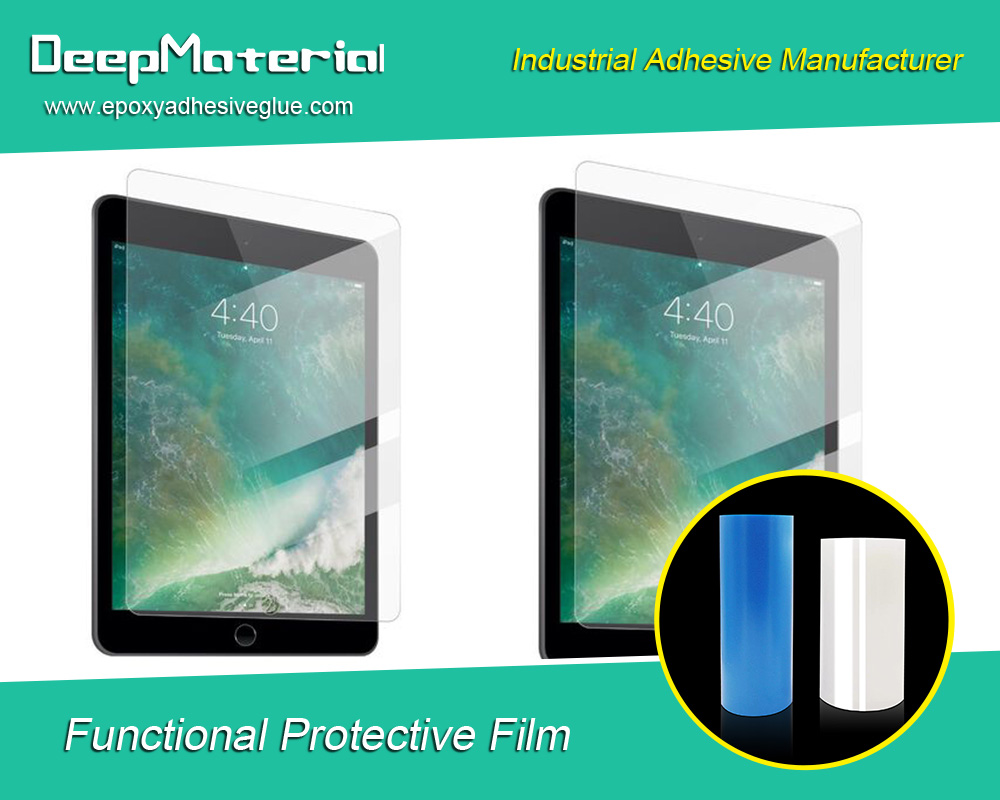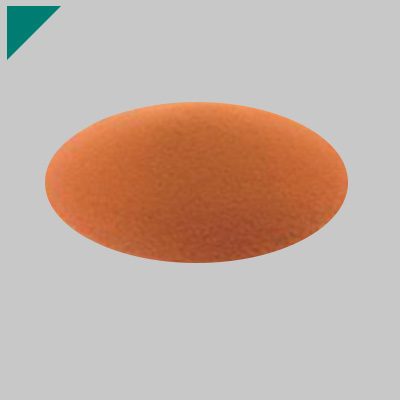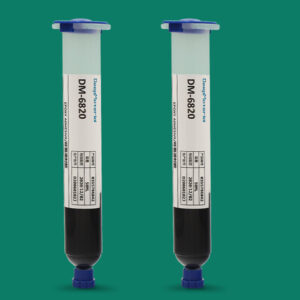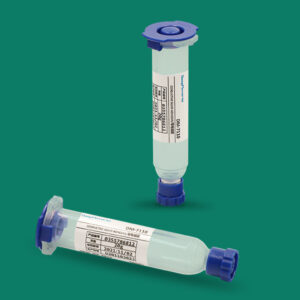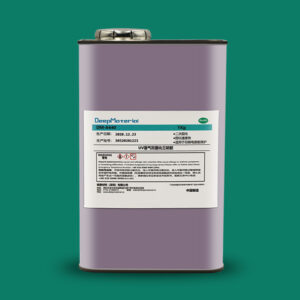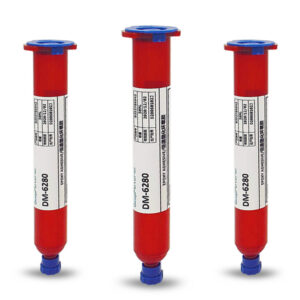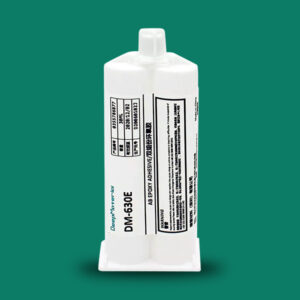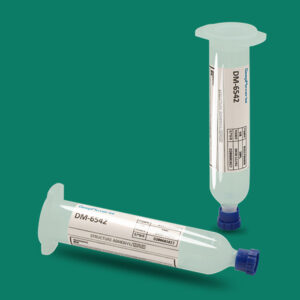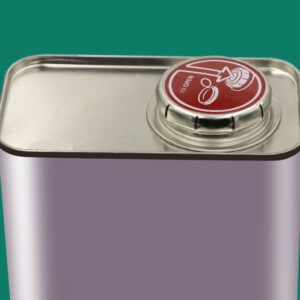Research on the Reliability of Epoxy Resin Encapsulated LEDs in Harsh Environments
Research on the Reliability of Epoxy Resin Encapsulated LEDs in Harsh Environments
LED (Light Emitting Diode), as a new type of solid-state lighting source, possesses numerous advantages such as high efficiency, energy conservation, long lifespan, and environmental protection. It has been widely applied in various fields including lighting, display, automotive, and medical. Due to its good optical properties, mechanical properties, and processing properties, epoxy resin has become one of the commonly used materials for LED encapsulation. Nevertheless, in practical applications, LEDs may encounter various harsh environments, such as high temperature, high humidity, and high salinity. These environmental factors have an adverse impact on the reliability of epoxy resin encapsulated LEDs. Therefore, studying the reliability of epoxy resin encapsulated LEDs in harsh environments is of great theoretical and practical significance.
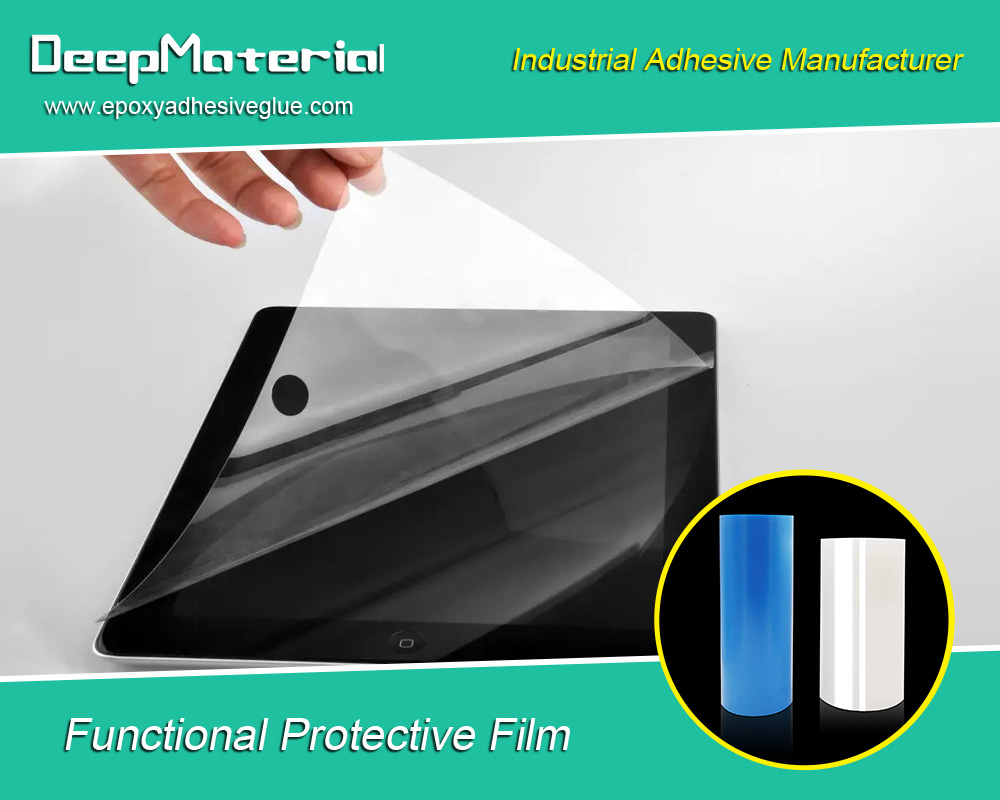
Characteristics of Epoxy Resin Materials
Epoxy resin is a thermosetting resin with the following characteristics:
- Good optical properties: Epoxy resin has high transparency in the visible light range, which can effectively transmit light and meet the optical performance requirements of LEDs for encapsulation materials.
- Excellent mechanical properties: The cured epoxy resin has high hardness, strength, and toughness, which can provide good mechanical protection for the LED chip and prevent the chip from being damaged by external forces.
- Good chemical stability: Epoxy resin has good resistance to most chemical substances and can resist chemical corrosion to a certain extent.
- Good processing properties: Epoxy resin can be formulated by adding different curing agents, fillers, etc. to meet different application requirements. At the same time, the molding process of epoxy resin is simple and easy to achieve mass production.
Influence of High Temperature Environment on the Reliability of Epoxy Resin Encapsulated LEDs
- Mismatch of thermal expansion coefficients: The thermal expansion coefficients of components such as the LED chip, epoxy resin encapsulation material, and substrate are different. In a high temperature environment, due to the difference in thermal expansion, thermal stress will be generated between the components. When the thermal stress exceeds a certain limit, cracks, delamination, and other phenomena will occur at the interface between the encapsulation material and the chip or substrate, thus affecting the electrical and optical properties of the LED.
- Thermal degradation of epoxy resin: High temperature will accelerate the thermal degradation reaction of epoxy resin, resulting in the breakage of the molecular chains of epoxy resin and a decline in its performance. For example, the hardness, strength, and transparency of epoxy resin will decrease with the progress of thermal degradation, thus affecting the encapsulation quality and reliability of the LED.
- Degradation of chip performance: High temperature will increase the junction temperature of the LED chip, leading to performance degradation phenomena such as a decrease in the luminous efficiency and wavelength shift of the chip. At the same time, high temperature will also accelerate the chemical reactions inside the chip and shorten the service life of the chip.
Influence of High Humidity Environment on the Reliability of Epoxy Resin Encapsulated LEDs
- Performance degradation due to moisture absorption: Epoxy resin has a certain degree of hygroscopicity. In a high humidity environment, water molecules will penetrate into the epoxy resin, resulting in a decline in the performance of the epoxy resin. For example, water molecules will change the refractive index of the epoxy resin, affecting the optical performance of the LED; at the same time, water molecules will also react chemically with certain components in the epoxy resin, reducing the mechanical and chemical stability of the epoxy resin.
- Electrochemical corrosion: In a high humidity environment, metal components such as the LED chip and pins are prone to electrochemical corrosion. Water molecules will form an electrolyte solution on the metal surface. When there is a small potential difference, an electrochemical reaction will occur, leading to metal corrosion. Metal corrosion will cause the electrical connection of the LED to fail, thus affecting the normal operation of the LED.
- Damage to the encapsulation structure: In a high humidity environment, the penetration and expansion of water molecules will exert a certain pressure on the epoxy resin encapsulation structure. Under long-term action, damage phenomena such as cracks and deformation may occur in the encapsulation structure, further reducing the reliability of the LED.
Influence of High Salinity Environment on the Reliability of Epoxy Resin Encapsulated LEDs
- Salt corrosion: The salt in a high salinity environment will corrode the epoxy resin encapsulation material and metal components such as the LED chip and pins. Active ions such as chloride ions in the salt will destroy the oxide film on the metal surface and accelerate the corrosion process of the metal. At the same time, salt corrosion will also erode the surface of the epoxy resin, affecting its optical and mechanical properties.
- Electromigration: In a high salinity environment, when the LED is working, the ions in the salt solution will undergo electromigration under the action of an electric field. Electromigration will cause metal ions to migrate inside the encapsulation material, forming a conductive channel, thus causing a short-circuit failure of the LED.
- Deterioration of optical performance: Salt will adhere to the surface of the epoxy resin encapsulation, forming an opaque salt film, which affects the light transmittance and leads to a decrease in the luminous intensity and color shift of the LED.
Failure Mechanisms of Epoxy Resin Encapsulated LEDs in Harsh Environments
- Interface failure: In harsh environments, due to factors such as thermal stress and moisture stress, the interface between the epoxy resin encapsulation material and components such as the chip and substrate is prone to failure. Interface failure will lead to problems such as poor heat transfer and bad electrical connection, which will in turn affect the performance and reliability of the LED.
- Material aging: Harsh environments such as high temperature, high humidity, and high salinity will accelerate the aging process of the epoxy resin material. Material aging will lead to a gradual decline in the performance of the epoxy resin, such as a decrease in hardness, a deterioration in transparency, and a weakening of mechanical strength, ultimately leading to the failure of the LED.
- Degradation of electrical performance: Harsh environments will have a negative impact on the electrical performance of the LED, such as an increase in resistance and leakage current. The degradation of electrical performance will cause the LED to work unstably or even fail to work properly.
Measures to Improve the Reliability of Epoxy Resin Encapsulated LEDs in Harsh Environments
- Material selection and optimization
- Select epoxy resin materials with low hygroscopicity, high heat resistance, and good chemical stability. For example, adding special fillers or modifiers can improve the performance of the epoxy resin.
- Use encapsulation materials with a thermal expansion coefficient matching that of the LED chip and substrate to reduce the generation of thermal stress.
- Process optimization
- Optimize the encapsulation process to ensure the uniformity and compactness of the epoxy resin encapsulation, reduce internal defects and voids, and improve the encapsulation quality.
- Adopt an appropriate curing process, control the curing temperature and time, and ensure that the epoxy resin is fully cured to improve its performance.
- Protective measures
- Coat a protective layer on the surface of the LED, such as a moisture-proof coating or a salt-spray-proof coating, to prevent the erosion of water molecules and salt.
- Adopt a sealed encapsulation structure to isolate the LED from the external harsh environment and improve its reliability.
- Add overvoltage protection, overcurrent protection, and other circuits to the LED circuit to prevent the degradation of electrical performance.
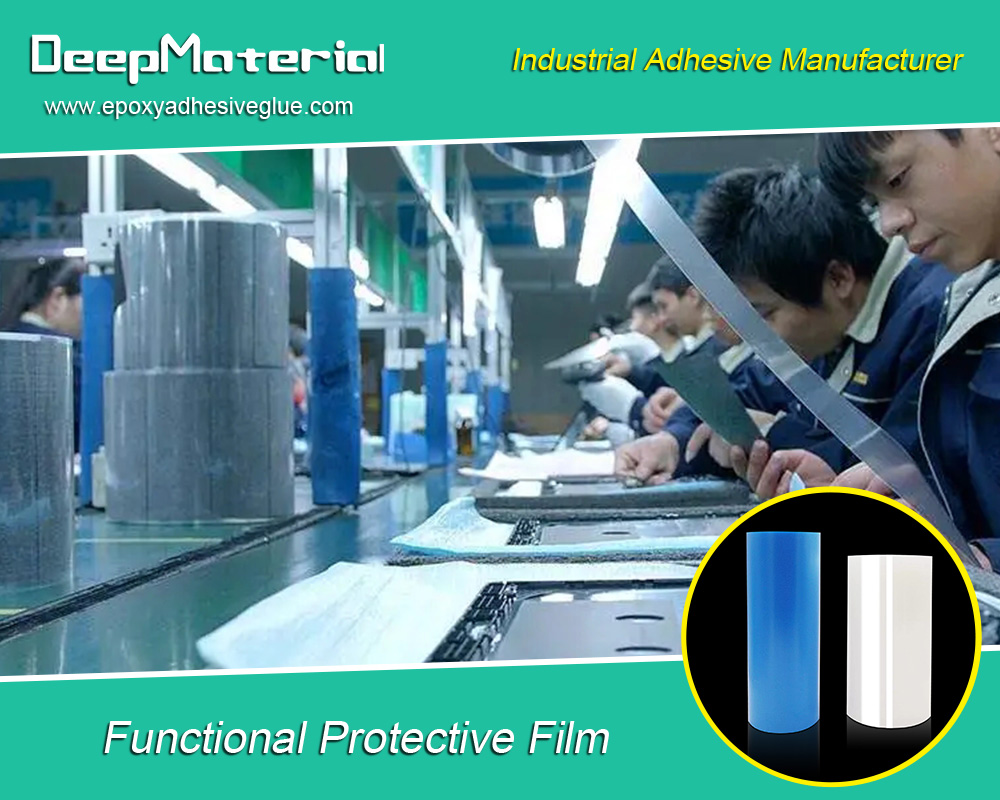
Conclusion
Epoxy resin encapsulated LEDs have certain reliability problems in harsh environments such as high temperature, high humidity, and high salinity, mainly including interface failure, material aging, and degradation of electrical performance caused by factors such as mismatch of thermal expansion coefficients, material moisture absorption, and salt corrosion. Through reasonable material selection, process optimization, and protective measures, the reliability of epoxy resin encapsulated LEDs in harsh environments can be effectively improved. In the future, with the continuous development of LED technology and the expansion of application fields, the research on the reliability of epoxy resin encapsulated LEDs in harsh environments will be more in-depth to meet the application requirements in different environments. At the same time, it is also necessary to continuously explore new materials and technologies to further improve the performance and reliability of LEDs.
For more about choosing the best epoxy resin encapsulated LEDs in harsh environments, you can pay a visit to DeepMaterial at https://www.epoxyadhesiveglue.com/category/epoxy-adhesives-glue/ for more info.


